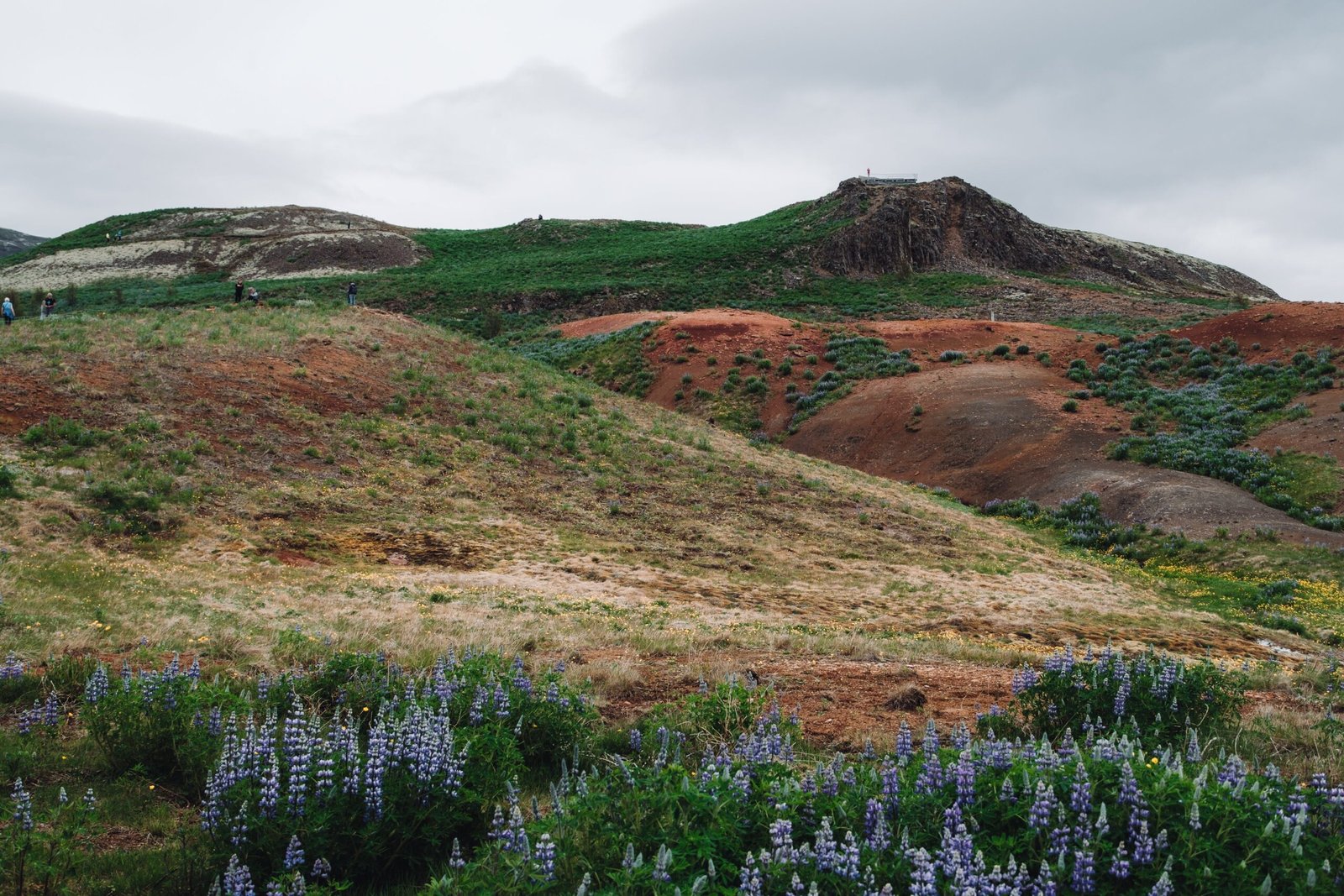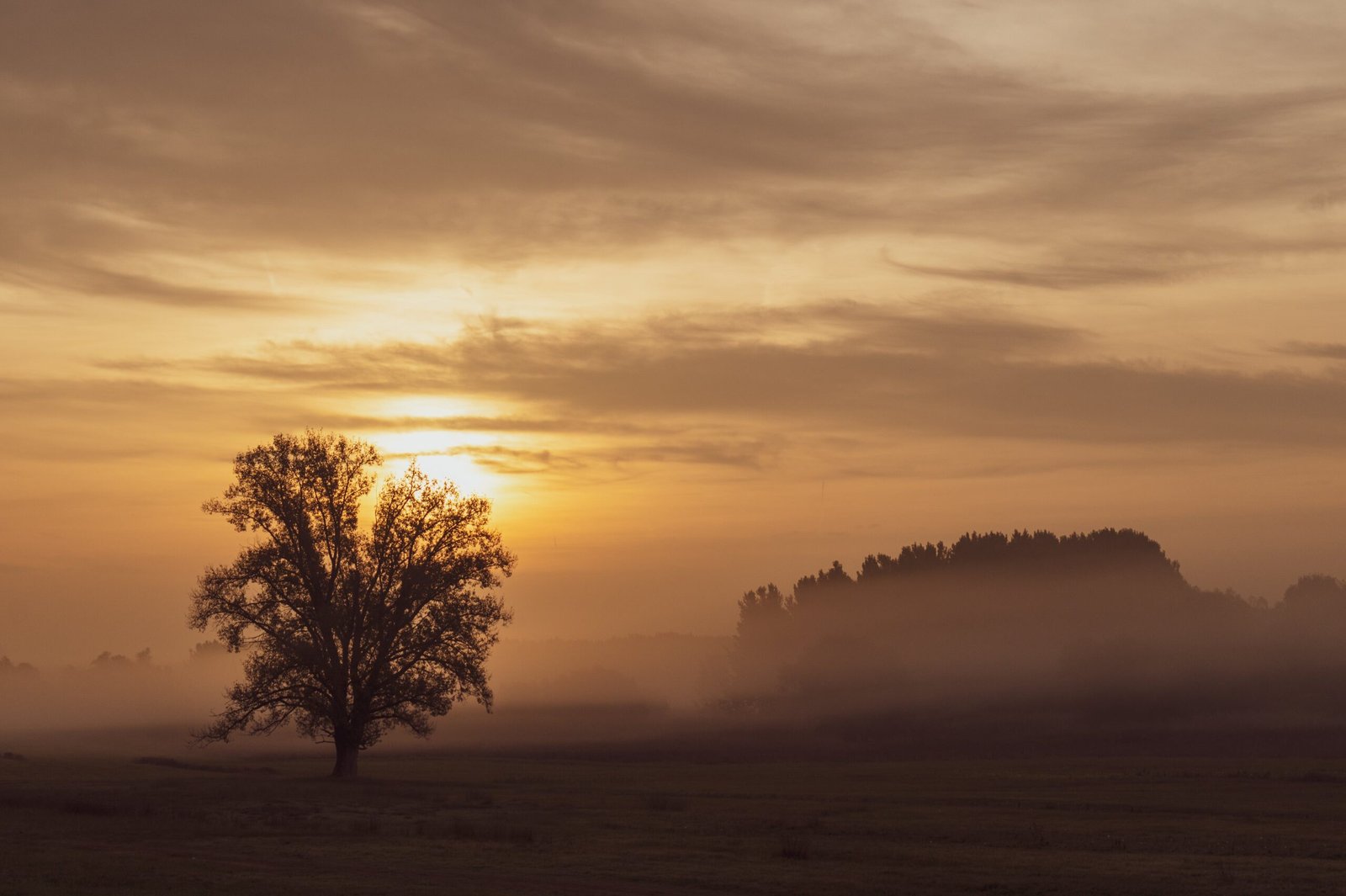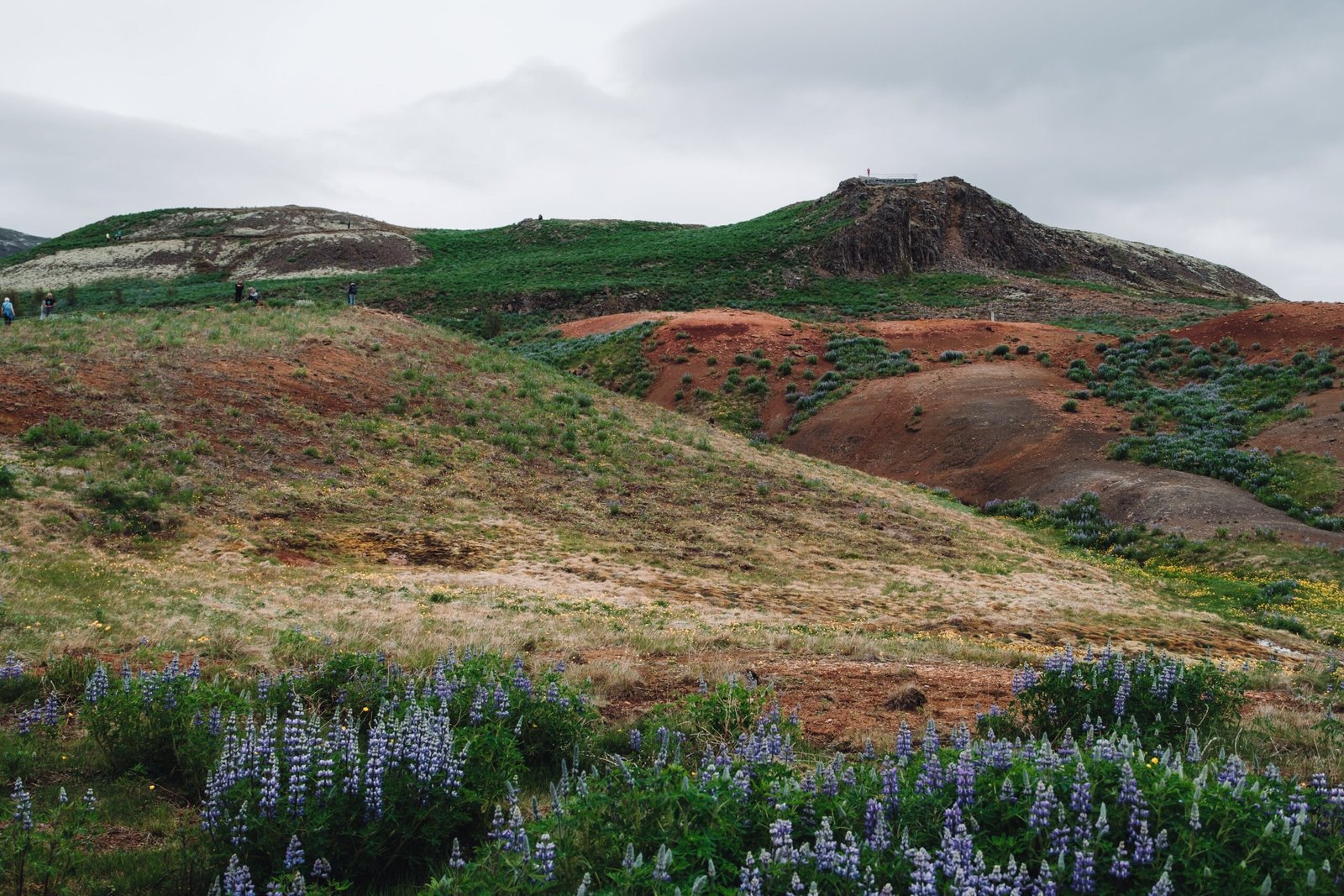Have you ever marveled at the agile and vibrant nature of the regal jumping spider? If so, you might be wondering where these fascinating creatures thrive in the wild and how we can recreate their ideal environment in captivity. Discovering the natural habitat of the regal jumping spider is not only a thrilling journey into its world, but it also holds the key to ensuring their well-being in captivity. So, let’s embark on this exploration to uncover the secrets of their habitat and learn how we can replicate it to provide these spectacular spiders with a home where they can flourish.
Overview of the Regal Jumping Spider
The regal jumping spider, scientifically known as Phidippus regius, is an intriguing arachnid with stunning physical characteristics and unique hunting techniques. This species is native to North America, particularly found in the southeastern United States. It is admired for its vibrant colors, including its notable metallic green jaws, and its ability to jump impressive distances. In this article, we will explore the physical characteristics, behavior and hunting techniques, as well as the distribution and natural habitat of the regal jumping spider.

Physical characteristics
The regal jumping spider is a small species, typically measuring between 0.5 to 1 inch in length. Its body is covered in fine hairs, and it displays an array of vibrant colors that vary between individuals. While males tend to have black bodies, females exhibit a more diverse range of colors, including black, white, yellow, and red. One distinctive feature is the iridescent green or blue jaws, which give the spider its regal appearance.
Behavior and hunting techniques
Don’t be fooled by its small size – the regal jumping spider is an agile and formidable hunter. Unlike most spiders that spin webs to capture prey, this particular species relies on its keen eyesight and quick reflexes to actively hunt. With excellent vision, it patiently waits for unsuspecting insects to come within reach before pouncing on them with incredible speed and accuracy.
Additionally, regal jumping spiders have an impressive jumping ability. Using their powerful muscles, they can leap up to ten times their body length, propelling themselves toward their prey or to escape potential dangers. This acrobatic skill allows them to ambush their victims with precision.
Distribution and natural habitat
The regal jumping spider is primarily found in the southeastern United States, although it can also be spotted in some parts of Mexico and the Caribbean. Within this region, it inhabits diverse habitats such as grasslands, shrublands, and forests. This species is versatile and can adapt to various environments, making it relatively common in both rural and urban settings.
Understanding the Natural Habitat of Regal Jumping Spiders
Tropical and subtropical regions
The natural habitat of the regal jumping spider is generally characterized by tropical and subtropical climates. These regions offer the ideal conditions for their survival, including consistent temperatures, abundant vegetation, and a diverse range of prey species. The temperate climate allows the spider to remain active year-round, ensuring a stable population.
Preferred habitats
Regal jumping spiders prefer habitats with ample vegetation and hiding spots. They can be found in grasslands, meadows, gardens, and parks. The presence of tall grasses, low shrubs, and flowering plants provides a suitable environment for them to hunt and seek shelter. Having access to a variety of different plants and structures is essential for their survival and overall well-being.
Factors that impact their natural habitat
Unfortunately, the natural habitats of regal jumping spiders are under threat from various factors. Urbanization, deforestation, pesticide use, and climate change all pose significant challenges to their survival. As their natural habitats become fragmented or destroyed, the spider species face difficulties in finding suitable areas to establish their populations. It highlights the importance of creating captive habitats that closely replicate their natural environment to ensure their continued existence.
Temperature and Humidity Requirements

Optimal temperature range
Maintaining the appropriate temperature range is crucial when creating a captive habitat for regal jumping spiders. These spiders thrive in temperatures between 70°F to 80°F (21°C to 26°C), which mimics the warm conditions of their natural habitat. Fluctuations in temperature may adversely affect their health, reproductive capabilities, and overall behavior.
Humidity levels
Regal jumping spiders also require adequate humidity levels to thrive. A humidity range of 60% to 80% is ideal for their well-being. This humid environment helps prevent dehydration and ensures their exoskeletons remain in good condition. Maintaining proper humidity is especially important during molting periods, as it assists in the shedding process.
Microclimate considerations
Creating a microclimate within the enclosure is essential to provide the regal jumping spider with a comfortable living space. This can be achieved by using moisture-retaining substrates, providing access to water sources, and misting the enclosure regularly. By carefully monitoring and adjusting these factors, you can ensure a suitable microclimate that closely resembles the spider’s natural habitat.
Substrate and Enclosure Setup for Captivity

Choosing the right substrate
Selecting the appropriate substrate is crucial when setting up a captive habitat for regal jumping spiders. Ideally, a combination of materials should be used to provide a natural and comfortable environment. A suitable substrate can include a mix of coconut fiber, sphagnum moss, and leaf litter. This combination provides a soft surface for the spider to walk on and helps maintain the required humidity levels.
Creating a suitable enclosure
When setting up the enclosure, it is important to strike a balance between providing enough space for the spider to move around while ensuring a secure and contained environment. A glass terrarium or an acrylic container with proper ventilation is recommended. The enclosure should offer ample vertical and horizontal space, as jumping spiders are active climbers and require areas to explore.
Providing hiding spots and structures
To replicate the natural habitat of the regal jumping spider, it is crucial to include various hiding spots and structures within the enclosure. Incorporating plants, pieces of bark, and rocks will provide hiding spots and climbing surfaces for the spider. These structures also enable the spider to exhibit its natural behaviors, such as constructing silk retreats or hunting perches.
Lighting and Photoperiod Management

Natural light simulation
In their natural habitat, regal jumping spiders are exposed to natural sunlight. Therefore, replicating similar lighting conditions in captivity is beneficial. Placing the enclosure in a well-lit area, near a window but without direct exposure to harsh sunlight, allows the spider to receive natural light and the photoperiod necessary for their biological rhythms to function properly.
UVB considerations
Unlike reptiles, regal jumping spiders do not require UVB lighting for their survival. However, research suggests that providing low-intensity UVB light for short durations may have potential benefits. Consultation with a veterinarian or an experienced arachnid keeper is recommended when considering UVB lighting, as it is still a topic of ongoing discussion.
Importance of proper photoperiod
Maintaining a consistent and appropriate photoperiod, or light-dark cycle, is essential for the overall well-being of regal jumping spiders. In their natural habitat, these spiders are exposed to diurnal light patterns, so providing a similar light-dark cycle in captivity is crucial. A lighting schedule that mimics natural daylight cycles, with a period of darkness for rest, supports their natural behavior and promotes overall health.
Feeding and Nutrition Requirements

Understanding their diet
Regal jumping spiders are carnivorous predators, primarily feeding on a variety of small insects. Their diet consists of flies, mosquitoes, mosquitoes, moths, crickets, and even other spiders. Offering a diverse range of prey items ensures that they receive the necessary nutrients for their growth and reproduction.
Availability and variety of prey
Maintaining a healthy captive population of regal jumping spiders requires an adequate supply of prey insects. Cultivating colonies of small insects such as fruit flies, pinhead crickets, and wingless fruit flies is recommended to ensure a constant supply of prey. The variety of prey offered should resemble what the spiders consume in their natural habitat, enabling them to exhibit their natural feeding behaviors.
Supplementation for captive spiders
In some cases, it may be necessary to supplement the diet of captive regal jumping spiders to ensure they receive all the necessary nutrients. Gut-loading prey insects with nutritious supplements or providing occasional dustings of vitamin and mineral powders are common practice. Consultation with an experienced arachnid keeper or veterinarian is advised to develop a proper supplementation plan suitable for the spider’s specific needs.
Recreating the Hunting Environment
Simulation of natural prey movement
To enhance the hunting experience for captive regal jumping spiders, it is beneficial to simulate the movement of their natural prey. Incorporating small objects, such as twigs or leaves, that can be disturbed to mimic the movement of insects can engage the spider’s hunting instincts. This provides mental and physical stimulation, allowing the spider to practice its hunting techniques.
Providing vertical and horizontal space
Jumping spiders are renowned for their agility and climbing abilities. It is essential to provide sufficient vertical and horizontal space within the enclosure for the spider to fully exhibit these natural behaviors. This can be achieved by including vertical structures such as branches or cork bark, as well as horizontal platforms for the spider to explore and jump between.
Encouraging predatory behavior
Maintaining the hunting skills and natural predatory behavior of regal jumping spiders in captivity is important for their overall well-being. Engaging the spider by moving prey items or introducing live prey into their enclosure can stimulate their hunting instincts and provide mental stimulation. Observing and rewarding successful hunts can also be a suitable form of enrichment.
Maintenance and Cleaning of Captive Space
Regular spot cleaning
To ensure the health and well-being of regal jumping spiders in captivity, regular spot cleaning of their enclosure is necessary. Removing any uneaten prey, feces, or spider silk helps maintain a clean and hygienic environment. This minimizes the risk of mold, bacteria growth, and potential health issues for the spider.
Preventing mold and bacteria growth
Humidity and organic matter in the enclosure can create an environment favorable for mold and bacteria growth. To prevent such occurrences, proper ventilation, avoiding over-moistening of the substrate, and maintaining a regular cleaning routine are essential. It is important to strike a balance between providing a humid environment and avoiding excessive moisture that can lead to health problems.
Sanitization best practices
Periodic deep cleaning of the enclosure is crucial for preventing the buildup of harmful bacteria and parasites. Thoroughly cleaning and disinfecting the enclosure, including all accessories and hiding spots, ensures a healthy captive environment. Using reptile-friendly disinfectants and following proper sanitization protocols recommended for arachnid care is essential for the well-being of the spider.
Observation and Enrichment for Captive Spiders
Promoting natural behavior through observation
Observing the natural behavior of regal jumping spiders is not only fascinating but also important for understanding their needs and well-being. Spending time watching their natural movements, hunting techniques, and web-building behaviors allows you to gain insights into their behavior in captivity. It also provides an opportunity to identify any changes in behavior that may signal a health issue.
Adding environmental enrichment
To keep regal jumping spiders mentally stimulated and engaged in their captive environment, providing various forms of environmental enrichment is important. This can include introducing different textures, scents, and objects for them to explore. Simple additions like silk strands, dried leaves, or small twigs can offer opportunities for the spider to display natural behaviors and provide mental stimulation.
Methods for engaging captive spiders
Interacting with captive regal jumping spiders requires caution and understanding of their natural behaviors. While handling them is not recommended, gentle tapping on the enclosure or moving a prey item outside can initiate a response from the spider. This can provide enrichment by triggering the spider’s hunting instincts and enabling it to engage with its environment.
Conclusion
Appreciating the beauty and uniqueness of the regal jumping spider goes hand in hand with understanding and providing a suitable captive habitat. By replicating their natural environment, ensuring proper temperature and humidity levels, and offering a diverse and appropriate diet, we can support the health and well-being of these fascinating arachnids. The continued research and improvement in captive care are essential for the successful management and conservation of regal jumping spiders in captivity.
